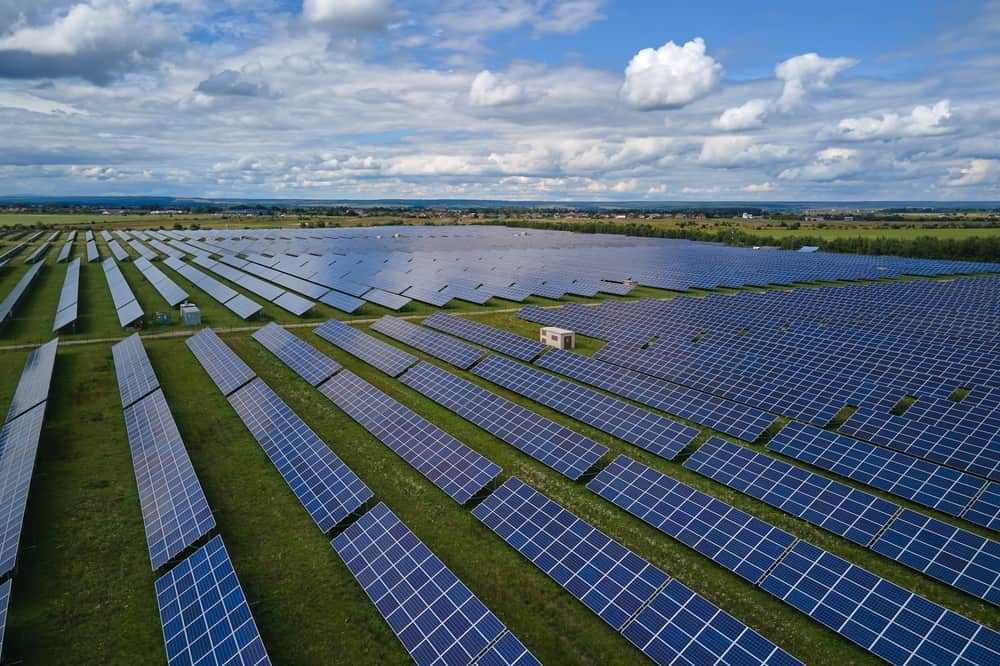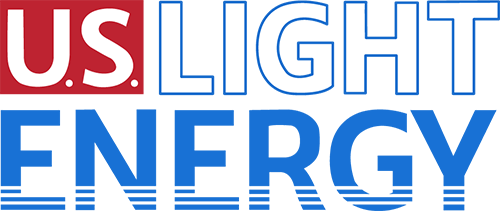
As solar development continues to rise in popularity across the nation, the state of Illinois is making impressive progress. Illinois is expected to produce 25% of its energy from renewable sources by 2025. It doesn’t stop there. By 2030, Illinois is projected to meet 40% of energy demands from renewable sources. Ultimately, the state has its sights set on 100% by the year 2050! A large part of meeting the state’s renewable energy goals depends on community solar development. Also known as a solar farm, a community solar project contains a vast group of solar panels, which are installed on at least ten acres of flat, sunny land to provide clean, renewable energy to a large number of subscribers in the local area. Whether for residential or commercial use, community solar subscribers in Illinois can enjoy a guaranteed 10% savings on utility bills while supporting the environment!
What to Know About Solar Farms in Illinois
As the fifth-largest state in community solar capacity, Illinois is well on its way to achieving 100% reliance on renewable energy by 2050. Part of this positive expansion is due to the generous incentives encouraging solar energy development. While more and more land is required to meet the demands of community solar projects, landowners have a wonderful opportunity to generate steady, passive income by leasing land for solar development.
Incentives to Lease Land
When you lease land for community solar development, you can secure long-term financial stability for future generations. Landowners do not need to invest money into the project, including maintenance. In some cases, the land doesn’t need to be fully vacant to do so. Many farmers can combine solar farming with agriculture, known as agrivoltaic farming. Learning how solar development is incentivized can help landowners in Illinois prepare for potential solar development projects in their area.
Inflation Reduction Act
The Inflation Reduction Act (IRA), passed in 2022, provides incentives to lower businesses’, educational institutions’, and local government agencies’ solar energy expenses. This federal legislation offers a tax credit for solar development in Illinois.
Illinois Power Agency Act
The Illinois Power Agency Act is crucial to the development of solar energy in the state. It requires electric utility companies to use a minimum of 25% of their energy output from renewable energy sources by 2025.
Illinois Solar Renewable Energy Credits (SRECs)
In Illinois, SRECS are financial incentives for companies that own solar energy systems. When they don’t meet their solar energy goals, the SRECs can be sold to the utility company, giving extra revenue to a community solar project.
Leasing Land for Solar Farms in Illinois
Leasing land for solar farms can be a lucrative opportunity for landowners in Illinois. Here’s a step-by-step guide to the leasing process:
Step 1: Feasibility Process
Before officially leasing your land, solar farm developers must determine if it meets the requirements for a solar farm. U.S. Light Energy conducts a comprehensive feasibility analysis to ensure optimal land use. By doing so, we drive the most value per acre while positioning the solar project for success.
Utility Infrastructure
A key consideration is whether the surrounding community can utilize the energy produced. Solar farms need to be near three-phase distribution lines to efficiently transfer power to a nearby substation or power grid with adequate capacity. The feasibility study helps determine the appropriate photovoltaic (PV) system for your land.
Environmental Concerns
The feasibility process also assesses environmental constraints, such as forestation, wetlands, or critical habitats that might affect solar farm development. Solar developers must balance the need for solar energy with preserving these sensitive areas.
Local Zoning and Land Use Considerations
U.S. Light Energy will review local laws and regulations governing solar development in your area. We work with local officials to chart a clear path to permit approval, ensuring compliance with all relevant zoning and land use regulations.
Step 2: Solar Lease Negotiations
Once a solar developer approves your land for solar development, the negotiation process begins. This phase may involve pre-lease agreements like a lease option or a notice of intent.
Lease Option
With a lease option, you receive lease terms while the solar developer decides whether to commit to a lease. This period allows the developer to determine the precise amount of land needed for the solar project.
Notice of Intent
A notice of intent indicates the developer’s intention to commit to the terms outlined, pending the finalization of the lease agreement.
When you move forward with the lease agreement, you’ll finalize the lease payments and duration. Landowners typically receive monthly rental payments based on per-acre use, with rent rates increasing annually by 1.5% to 2.5%. Given that a PV system’s average lifespan is twenty-five years, land leases usually span twenty-five to forty years, with potential lease extension options.
US Light Energy Solar Farms in Illinois
U.S. Light Energy is a New York-based distributed generation energy development company specializing in Community Solar facilities and renewable energy solutions. As Illinois pursues 100% renewable energy production by 2050, landowners can benefit directly from leasing land for community solar development. We’ll evaluate your site with a thorough assessment, including pre-application with the utility. Contact us today to learn if your land qualifies! U.S. Light Energy is leading the charge for a new generation.
